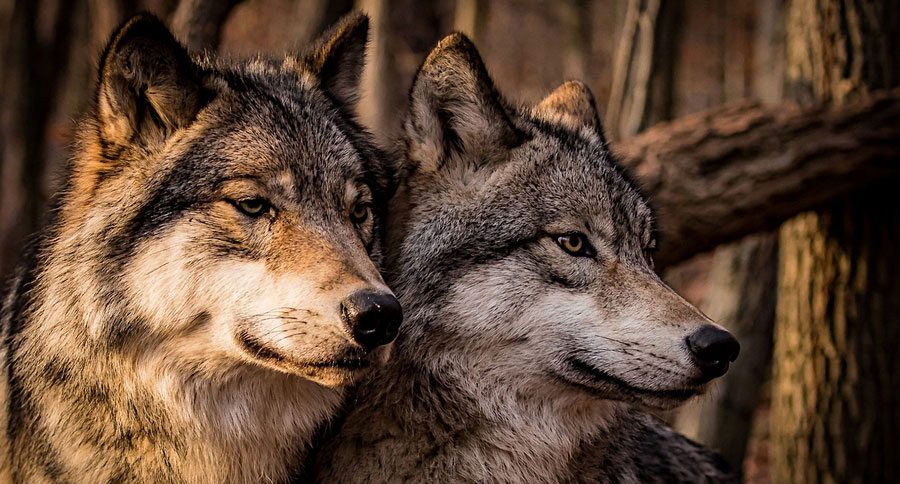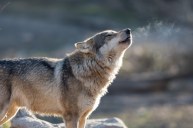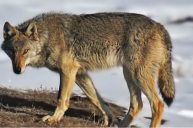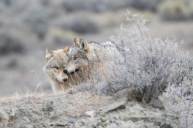The Washington state Department of Fish and Wildlife is about to employ lethal measures against a wolf pack with a history of livestock depredation.
The state of Washington has said enough is enough where it concerns a wolf pack's history of livestock depredation. They're going to take lethal measures against the pack.
Livestock depredation has long been a complaint of farmers and ranchers living in regions where wolf populations have grown unabated. State governments are forced to pay out more and more money every year it seems to cover the livestock losses that farmers suffer at the fangs of hungry wolves.
The Washington Department of Fish and Wildlife (WDFW) has heard those complaints and is responding with force.
WDFW Director Jim Unsworth made the decision to act, and informed his staff that they were to remove a number of wolves from the "Smackout" wolf pack. The pack has repeatedly been engaged in killing livestock in Stevens County, hitting at least one rancher multiple times.
The decree is consistent with Washington's 2011 Wolf Management Plan, which was developed by the WDFW and an 18-member Wolf Advisory Group, and which authorizes lethal force in response to repeated livestock depredation.
The Wolf Management Plan stipulates that if a wolf pack attacks livestock either three times within a 30-day period or four times within a 10-month period, members of the pack may be culled. The attacks on livestock from the Smackout pack have been occurring since 2015.
"The purpose of this action is to change the pack's behavior, while also meeting the state's wolf-conservation goals," said Donny Martorello, lead Wolf Manager for the DFW. "That means incrementally removing wolves and assessing the results before taking any further action."
The Stevens County rancher who has suffered the losses in question reported to the WDFW in June that his employee killed one wolf of two that he saw attacking livestock. The WDFW determined that the employee's action was justified. And as recently as July 18 an employee of the rancher also found an injured calf with bite marks consistent with a wolf attack.
The WDFW trapped and collared two Smackout pack members and monitored their whereabouts. They found that the wolves were repeatedly in the area of the attack site.
"This rancher has made concerted efforts to protect his livestock using non-lethal measures," Martorello said. "Our goal is to change the pack's behavior before the situation gets worse.
The WDFW website indicates that:
"The Smackout pack is one of 20 wolf packs documented in Washington state by WDFW in 2016. At that time, the pack was estimated to consist of eight wolves, but it has since produced an unknown number of pups."
It should be noted that the Washington wolf population, absent wildlife management control measures such as hunting and trapping, is currently growing at a rate of around 30 percent a year. This is consistent with other states, such as Wisconsin, that have strong wolf populations but are under the constraints of the federal Endangered Species Act concerning wolves.
Wisconsin has reimbursed farmers and dog owners hundreds of thousands of dollars in dog and livestock losses due to wolf depredation.
In the eastern third of the Washington state, however, wolves are not under the protection of the ESA. Their population there is more than healthy, and is growing exponentially.
Like what you see here? You can read more great articles by David Smith at his facebook page, Stumpjack Outdoors.
NEXT: IDAHO LAWMAKERS VOTE TO ALLOCATE $400,000 TO KILL WOLVES
https://rumble.com/embed/u7gve.v3tqn5/




